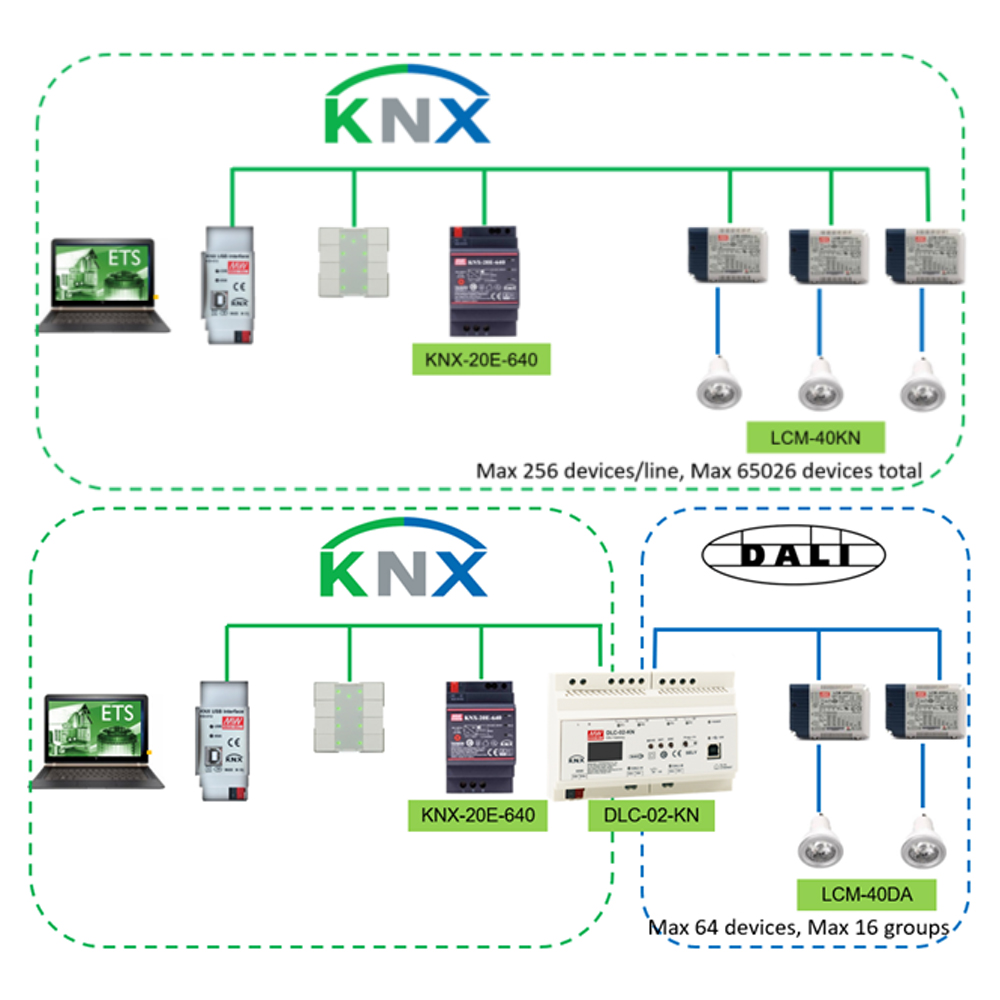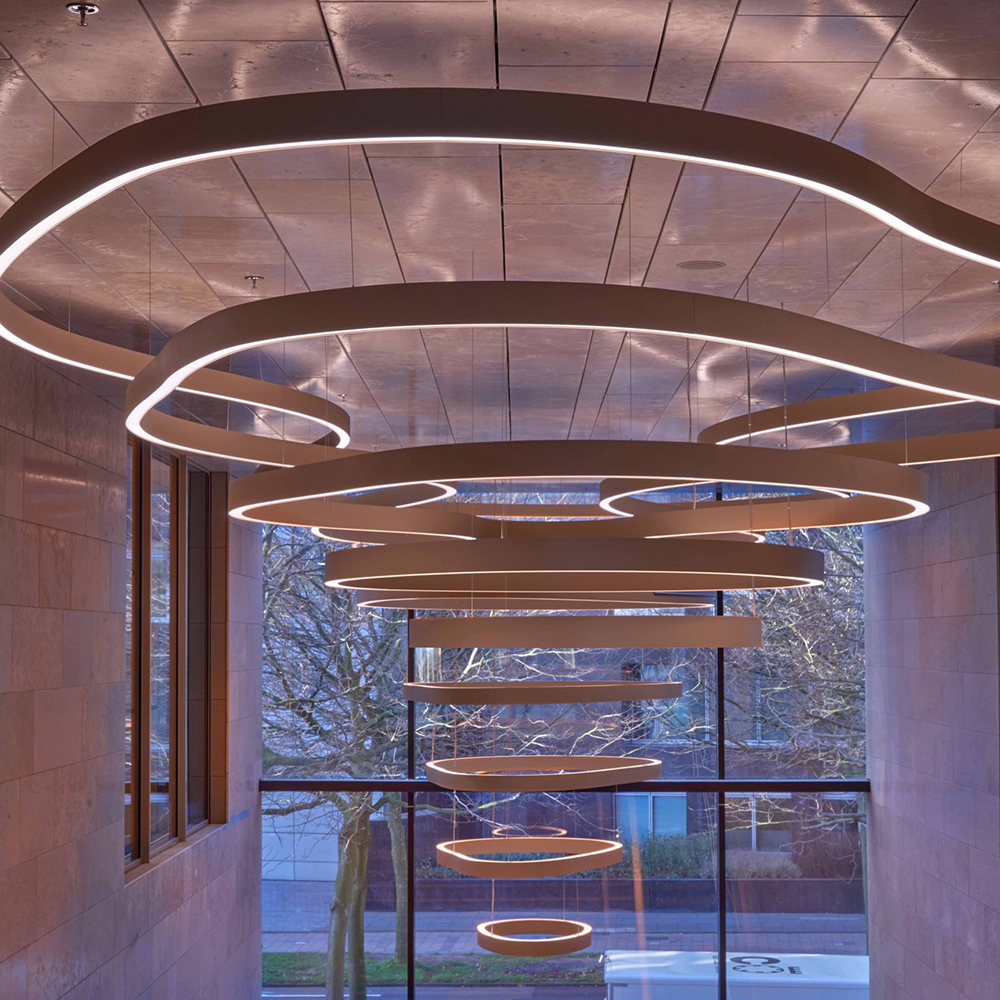
Welcome at Luxendi – Innovation in lighting
At Luxendi, we are committed to high-quality lighting technology that offers the perfect balance between functionality, aesthetics, and energy efficiency. As a trusted partner in the lighting industry, we provide a wide range of advanced products and solutions that meet the needs of both commercial and residential applications.
Discover our new webshop!Tailored Personal Advice
The right components for your luminaire
Thanks to our broad product portfolio, we can offer brand-independent advice tailored to your needs. Together with you, we select the most suitable LED components for your luminaire.
Our products are designed with a focus on energy efficiency and sustainability. Luxendi works exclusively with top-tier brands in the industry, ensuring reliable, long-term solutions you can depend on.


Looking for expert advice?
Our expertise & knowledge
At Luxendi, we combine years of expertise and experience with the strength of a close-knit team of specialists. We think along with you, support one another and our clients – always aiming for the best technical solution, tailored to your specific application. No standard solutions, but suitable to your preferred needs.
Curious to see how this works?
Personal approach and Short lines of communication
Streamlined supply chain
Efficient and reliable supply chain management is at the heart of what we do. We simplify your supply chain through global sourcing, precise planning, and on-time delivery as agreed. With our supply chain solutions, you can count on continuity, flexibility, and a partner who truly understands your business needs.

Luxendi's areas of expertise
Led technologies
Projects we are proud of


Personal contact
We believe in personal contact! You can get in touch directly with our customer service, account management, engineering, and finance teams – just give us a call or send an email.






